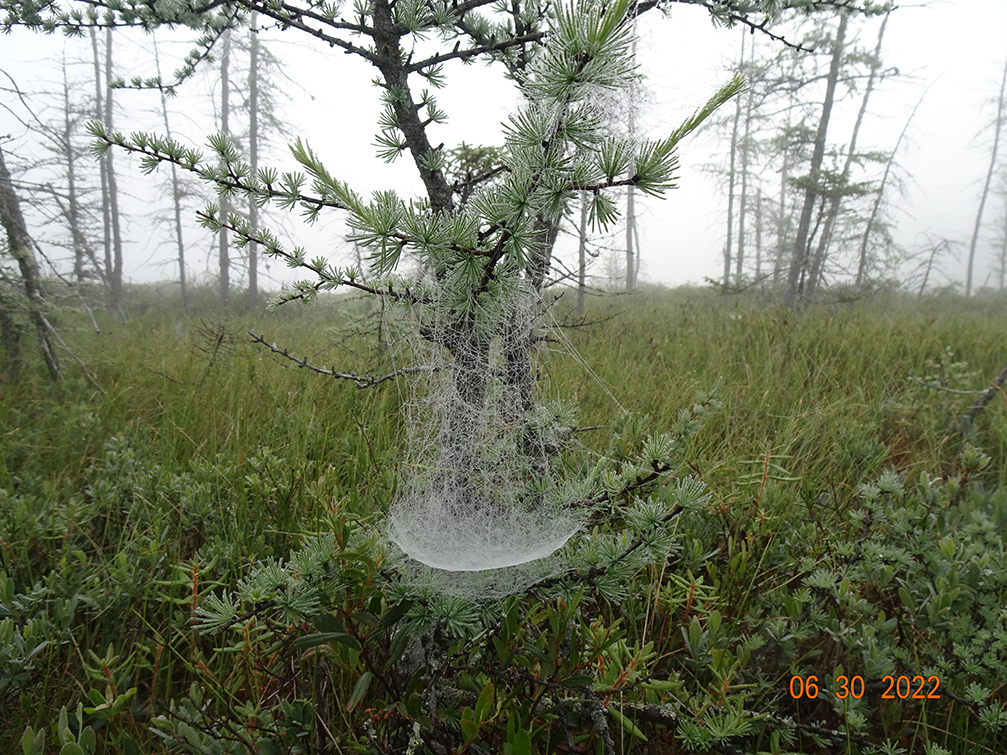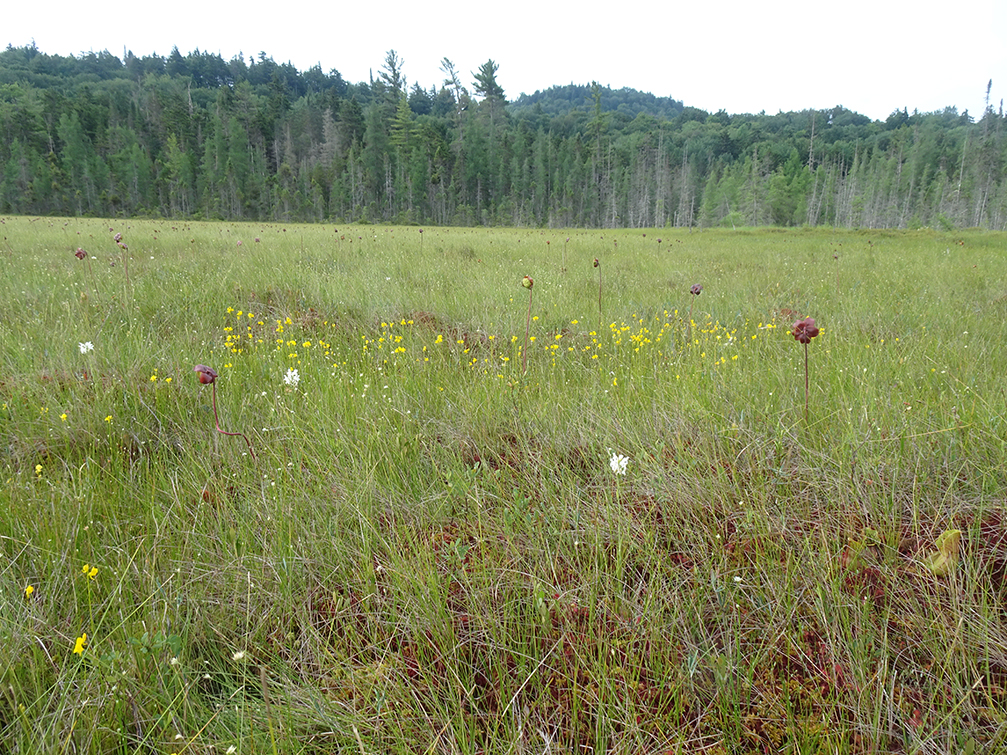
Outdoor Adventures with Gary Lee - Vol. 268
I hope you survived the series of strong storms and even tornados that crossed the state last week. Fifteen tornadoes were recorded across the state which was more than five midwestern states had during that same period. For those climate change deniers who were hit by these storms it probably will not change your views. How many hundred-year storms would it take to change your mind since we’ve had several already this year all across the country. Not one mention of this in Trump’s acceptance speech to run for the Republican Party's nominee for the office of President of the United States. Each one of these storms has changed the nature of the landscape, the lives of the people living there and the wildlife and their habitat that would also be affected if they lived through it.
I got down to Ferd’s Bog off the Uncas Road, trail sign missing, and I had it to myself and the birds for over two hours. On the way down the trail, which was washed out by the heavy rains, I heard Winter Wren, Red-eyed Vireo, Black-throated Blue Warbler, Hermit Thrush, Black Capped Chickadee and Red Breasted Nuthatch before getting to the boardwalk. At the second turn of the boardwalk a Lincoln Sparrow sat in one of the dwarf black spruces scolding me for being there with a mouth full of food for its young ones hidden in a nest in the sphagnum bog below. Bluebirds were singing from the tips of some of the dead snags and I’m sure they had nests in some of the old woodpecker holes in those snags. Out on the platform at the end of the boardwalk a male Palm Warbler greeted me and I’m sure it had a nest not far away. There was a Yellow-Bellied Sapsucker tapping and calling from the woods behind me and then I got a single tweak from a Black Backed Woodpecker. It was also doing some tapping on a dead stub, but I never did see it. There were several white fringed orchids in bloom along the boardwalk and about one hundred more seen out on the open bog mat. The open mat was also decorated with a few thousand flower seed heads of the pitcher plants and in a few places the yellow horned bladderworts were showing their colors. If you looked closer, you could see the small white flowers of both the round leaf and spatulated leaf sundew. Looking even closer you could see that some of the leaves had caught bugs to eat in their sticky hairs on the leaves. Many times, I take Karen’s turkey baster and small cup out with me. I suck out the liquid from the leaves of the pitcher plants to see what they have been eating as they are also carnivorous. In the liquid of most of these plants you will also find mosquito wigglers. Somehow nature has adapted so that these mosquitos can tolerate the acidic water in these leaves while it kills and eats other bugs that fall into their trap. The horned bladderworts are catching bugs in bladders under the bog mat. They all do this since there is little energy for these plants to survive in the sphagnum bog mat.
The little skinny black spruce and tamarack trees that survive on the bog mat send out a root system far for the tree through the bog mat. If you cut a cross section of one of these trees that is five or six feet tall and only an inch in diameter it may be thirty or forty years old or even older. You would have to count the annual rings with a hand lens. Many times, the tree only grows a half inch each year so it’s hard to count the years of growth by counting the whorls of branches on these trees. This time of the year you will see the little red cones starting to form on the top branches.
When you get down to the bog before the sun melts the dew off the spider webs you wonder how any bug could survive here. There are small webs in almost all the ground vegetation and bigger webs in every tree that grows there which are not seen after the dew fades away. The bog is a magical place but many times you must look closer at what you are looking at. Earlier in the year the rose pogonia and grass pinks were in bloom along the boardwalk as were heart- leafed twayblade but you had to look really close to see these last plants as they are only a couple inches tall.
Loon banding for this summer starts next week in the Inlet -Old Forge area for three nights 7/31 and 8/1,2 and in the Saranac Lake area 8/4,5 and 6. So you may see some bright lights on some of the area lakes as we catch, band and test these beautiful birds for pollutants.
The annual Loon census was last Saturday 7/20, but that’s another story. See ya.
Photo Above: Dew on Spider Webs
